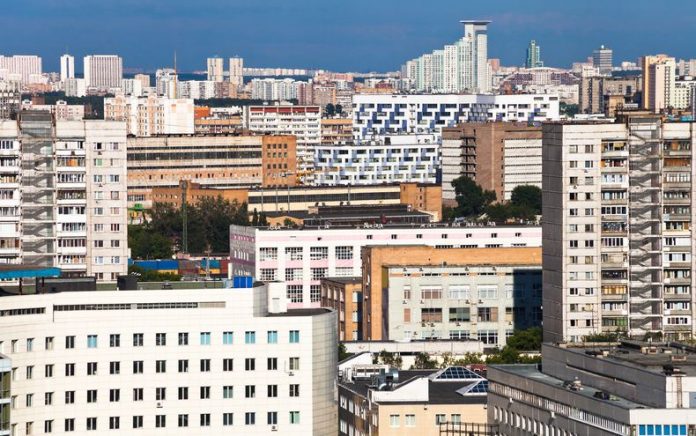Excessive growth, termed “urban sprawl” causes many detrimental effects that plague our society and our environment, including water body contamination, increased greenhouse gas emissions and the further segregation of the rich from the poor.
Urban sprawl is defined as a land use pattern characterized by low-density and/or uneven physical development occurring at the fringe of the urbanized area as well as disinvestment and abandonment of older urbanized areas.
Sprawl development is caused by a number of factors, but primarily by our outdated system of zoning.
The first comprehensive zoning ordinance was created by New York City in 1916 and the practice of zoning grew in popularity in the 1920s and 1930s.
At this time in American history, industry was booming but lacked the basic environmental regulations that protect us from toxic chemicals and emissions today.
One of zoning’s basic goals was to create a healthy living environment for people by separating them from the harmful factories.
It achieved this goal by creating a system of land use zones wherein one part of the city was designated for residential spaces, while another section of the city was designated for commercial uses and yet another for industrial operations.
The effect of this legislation, which still endures today, is that people’s homes have been separated from the places where they must travel for jobs, shopping and other activities, even though these out-of-date zoning laws are clearly not necessary today.
Great strides have been made in the fields of emissions control and environmental protection and we no longer need to be separated from once dangerous industrial facilities.
But as long as these land uses cannot be combined under zoning laws, a city must sprawl outwards to accommodate growth in all sectors.
Sprawl development is obviously present around the country and causes a number of problems:
Sprawl creates automobile dependence and longer driving distances.
As homes are built further and further from commercial centers, residents have no choice but to make every errand into a car trip.
This increases the number of cars on the road, leading to increased traffic backups, road wear and emissions from cars, which together lead to a lower quality of life for residents and higher costs for government transportation departments.
Sprawl irrevocably damages natural resources.
Runoff pollution, now the nation’s leading threat to water quality, is increased 10-fold by new construction and may be as much as 18 times higher in the case of commercial development, due to the increase in impervious and paved surfaces.
Sprawl also leads to habitat fragmentation and loss and even extinction of species by developing previously untouched forests, wetlands and natural areas.
When investment shifts from cities to the suburbs, city property values decline. As housing in city centers becomes less attractive, its value falls and property values decline.
Consequently, the amount of revenue a city generates through property taxes falls, leaving it unable to adequately maintain its public services and infrastructure, including roads, sewers, police and fire services, and public schools.
This, in turn, creates a cyclical effect where people leave the cities due to weakened services but, in leaving, further reduce the city’s ability to fund these services.
Increased costs of providing public utility services, housing and roads. New suburban developments on the urban fringe of city centers require the same elements of infrastructure as city residents.
Suburban houses must have roads, water and ways to dispose of waste. While, in some cases, cities can require subdivision developers to provide the necessary infrastructure themselves, cities often wind up absorbing some or the entire financial burden for suburban developments, increasing the strain on providing services for city residents.

